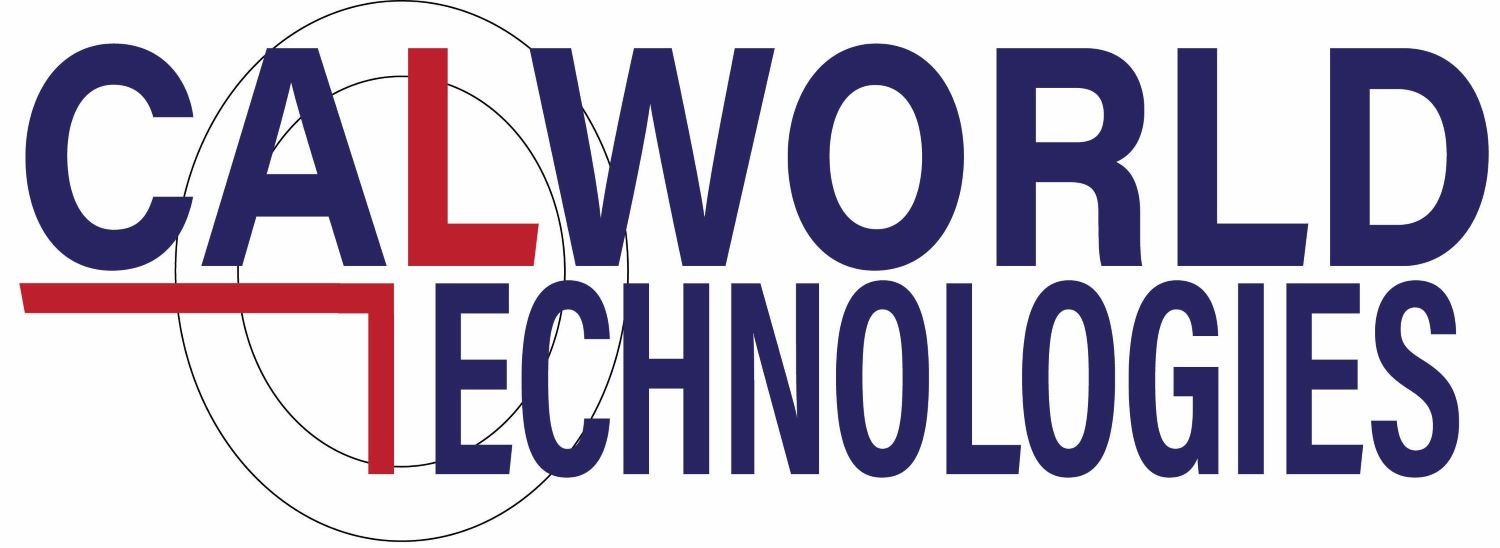Clearing the air: Common calibration misconceptions debunked
While the importance of calibration is undeniable, several misconceptions persist, often hindering businesses from reaping their full benefits. Let's delve deeper into these common myths and shed light on the realities of effective calibration practices.
Myth 1: Calibration is only needed for new instruments.
Reality: All instruments, regardless of age, are susceptible to drift over time due to wear and tear, environmental factors, and internal adjustments. Even minor deviations can lead to significant inaccuracies in measurements. Regular calibration, even for seemingly new instruments, ensures consistent and reliable performance.
Myth 2: In-house calibration is sufficient.
Reality: While some basic instruments might be calibrated in-house, complex equipment often requires specialized expertise, advanced calibration tools, and access to reference standards unavailable in typical work environments. Professional calibration providers possess the necessary infrastructure and expertise to ensure accurate and traceable results for intricate instruments. It also mitigates any biases in the calibration procedure, ensuring that the instrument’s accuracy is credible to auditors.
Myth 3: Calibration is expensive and time-consuming.
Reality: The cost of regular calibration pales in comparison to the potential losses incurred due to inaccurate measurements. Consider the cost of wasted materials, product recalls, or regulatory non-compliance stemming from faulty readings. Additionally, professional calibration providers often offer efficient turnaround times, minimizing downtime and disruption to your operations. Calworld Technologies further offers convenient scheduling so that instruments are calibrated at a time convenient to you.
Myth 4: All calibration services are the same.
Reality: Calibration services vary significantly in terms of expertise, capabilities, and service offerings. Choosing the right provider requires careful consideration of your specific needs. Look for providers with relevant experience in your industry, accreditation by recognized organizations, and the ability to calibrate your specific instruments using traceable standards.
Myth 5: Calibration reports are simply paperwork.
Reality: Calibration reports are valuable documents providing crucial information about your instruments' performance. They document traceability to reference standards, identify any deviations from specifications, and offer insights into instrument health and future calibration needs. Utilize these reports to make informed decisions about instrument maintenance and ensure compliance with regulatory requirements.
Myth 6: Calibration is a one-time fix.
Reality: Calibration is an ongoing process, not a one-time event. The frequency of calibration depends on various factors, including instrument type, usage frequency, and environmental conditions. Establishing a regular calibration schedule based on manufacturer recommendations and industry best practices is crucial for maintaining measurement accuracy over time.
What now?
Calworld Technologies offers reliable weight scale and temperature calibration services that guarantee dependable readings and measurements. We may also calibrate other instruments upon request. All our calibrations are carried out in accordance to national and international standards, such as ISO 17025. Our friendly team also works hard to maintain our promised service (affordability, convenient scheduling, 24-hr certification turnaround time).
